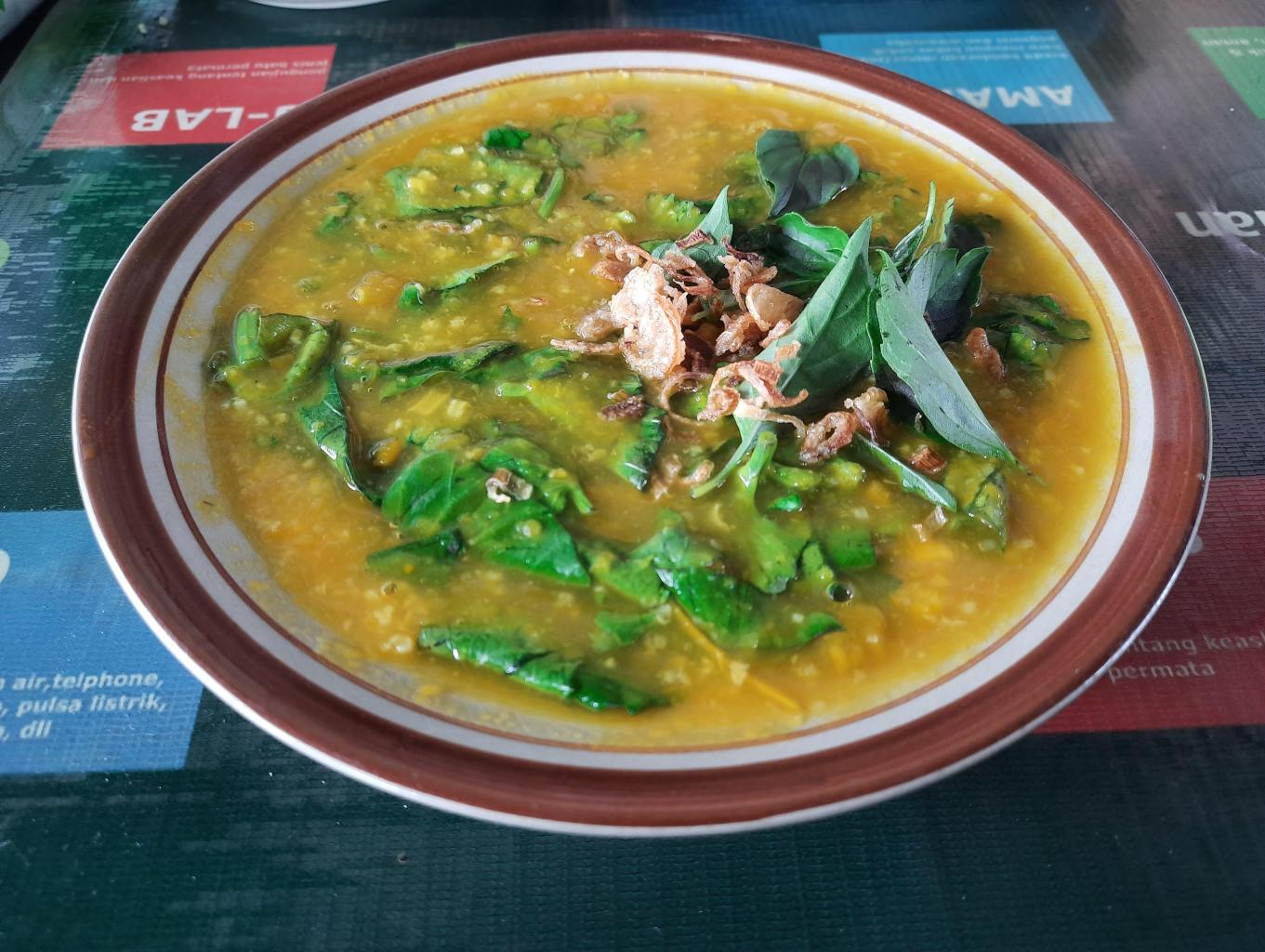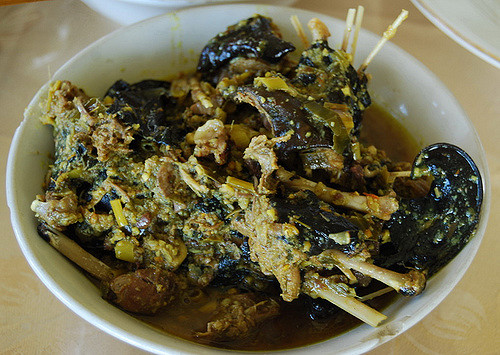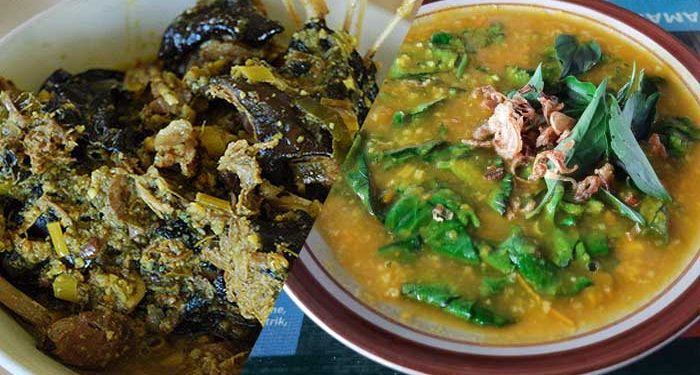Jakarta, Indonesia Sentinel — Two traditional Indonesian dishes, Tinutuan and Paniki, have been listed among the world’s worst food in 2025 by Taste Atlas, a Croatian-based online food guide. Known for cataloging traditional cuisines and authentic restaurants, the platform released its rankings on January 8, 2025, sparking debate among food enthusiasts and cultural advocates.
Tinutuan

Tinutuan, ranked 16th with a score of 2.3 out of 5 stars, is a traditional porridge from Manado, North Sulawesi. Often called Bubur Manado, this vegetarian dish combines rice, spinach, pumpkin, cassava, corn, and other vegetables into a thick, hearty meal. Traditionally served with salted fish and sambal, Tinutuan is a popular breakfast choice across the region.
Despite its local appeal, Taste Atlas’s ranking suggests the dish’s unique texture and flavor profile may not resonate with broader international palates. Some culinary experts argue that the dish’s low score reflects a lack of cultural context rather than an inherent flaw in the recipe.
Paniki

Paniki, originating from the Minahasa region of North Sulawesi, earned the 36th spot on the list with a score of 2.5 out of 5. The dish features an unusual main ingredient—bat meat—making it a polarizing choice even within Indonesia.
To prepare Paniki, bats are roasted to remove fur, gutted, and then cooked with coconut milk, lemongrass, ginger, curry leaves, and other spices. While its bold flavors are celebrated locally, the use of bats, an ingredient unfamiliar to many, likely contributed to its unfavorable ranking.
The Worst Dishes of 2025
Taste Atlas’s list of World’s Worst food showcases unique and unconventional dishes from around the world. Besides Tinutuan and Paniki, the top five entries include:
- Blodpalt (Sweden/Finland): Blood dumplings made from animal blood, barley, and mashed potatoes.
- Bocadillo de Sardinas (Spain): A sardine-filled baguette sandwich.
- Calskrove (Sweden): A calzone stuffed with a hamburger and fries.
- Angulas a la Cazuela (Spain): A dish featuring baby eels cooked with garlic and chili.
- Jellied Eels (England): A traditional dish of boiled eels set in gelatin.
Cultural Context and Culinary Bias
The inclusion of Tinutuan and Paniki in Taste Atlas’s list has sparked conversations about culinary bias and the challenges of comparing traditional dishes from diverse cultures. Indonesian cuisine, known for its rich flavors and use of local ingredients, reflects centuries of tradition and regional identity.
Critics of such rankings argue that unfamiliarity often leads to lower scores for dishes that challenge Western-centric taste norms. For Indonesians, both Tinutuan and Paniki are more than just meals—they are cultural symbols deeply rooted in regional history and tradition.
Indonesia Tourism 2024 Breaks Visitor Record, Highest in Last 5 Years
A Global Stage for Indonesian Cuisine
While the rankings may cast a negative light, they also bring Indonesian dishes to the global stage, offering an opportunity to educate international audiences about the country’s culinary diversity. Advocates hope the spotlight will encourage a broader appreciation for traditional foods and inspire adventurous eaters to explore Indonesia’s rich gastronomic heritage.
For now, Tinutuan and Paniki serve as reminders that taste is subjective and deeply intertwined with culture—a lesson worth savoring in a world of diverse flavors.
(Becky)
























